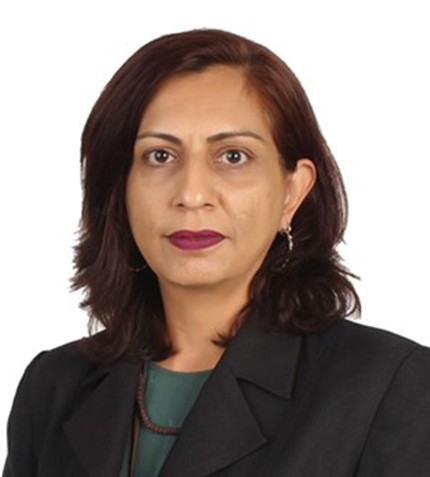
"I believe the country has potential to become a logistics hub for DGs. Malaysia’s regulation is probably the most advanced in ASEAN, after Singapore, so it makes sense to develop training programs in other countries to harmonize standards across the region."
Reshma Yousuf
FOUNDER AND CEO, CENTER FOR LOGISTICS LEADERSHIP IN BUSINESS (CLLB)
Could you walk us through the journey that led to the creation of CLLB 20 years ago?
What drove me to establish CLLB was a need in the industry for employee development, especially 3rd party logistics services providers.
Capitalizing on some government grants, CLLB brought in the “lean” concept to logistics providers, using expertise from the UK to train, mentor, and coach companies and the members of associations. We had huge intakes. As I became more involved with different working groups from the Ministry of Transport and the Ministry of International Trade and Industry, I realized safety and dangerous goods was something that stuck out.
In 2008, we began offering DG awareness courses in line with the IMDG Code for Port Users in Port Klang. CLLB obtained approval from the Malaysian Marine Department (MARDEP) to run International Maritime Dangerous Goods-IMDG Code courses, working with all the port authorities. Then we started helping different service providers and shippers to become compliant so they can work with MNCs. CLLB offers training to 90% of port users.
How mature is the regulatory framework for DGs in Malaysia, and what are the challenges when it comes to implementation?
The DG regulatory framework in Malaysia is driven by international regulations and the highest level of compliance and enforcement of DG is via air transportation. For the maritime sector, despite having the IMDG Code mentioned in a number of the countries Port Authority By-Laws, only a few authorities actually enforce the compliance of the rules.
When it comes to road transport of DG, in Malaysia the rules developed are incomplete. The rules refer to the international regulations but only takes into account the requirements of the vehicle but does not stress on all other areas relevant, from shippers, agents to packers and to drivers. Storage of DG regulations for 3rd party logistics providers need also to be fully developed.
Malaysia is however fully compliant to the GHS (Globally Harmonised System), incorporating it into the occupational health and safety and act, ensuring that shippers of DGs test, classify, and communicate in a safety data sheet, and package, mark and label consignments containing DGs. This however does not seem to be the case in many countries that transship goods through our ports. There are instances when the cargo may be considered DG internationally but the country of origin may have not yet recognized it as DG or does not yet have the rules or regulations in place to provide for it. This then causes a lot of challenges in the global logistics chain of these goods.
Can you brief us on the role of CILT, together with CLLB, in the truckers training initiative?
CILT (Chartered Institute on Logistics and Training) was established in the UK in 1909, and it is now spread out in the Commonwealth, as well as in some francophone countries. I am a council member of CILT in Malaysia. Before certifying a DG driver, we need to first offer training. CILT has started the truckers training, having CLLB doing the DG driver training and another company taking care of behavioral safety defensive driver training. We put our heads together, studied the programs done in Europe and the UK, and localized it. The whole world is suffering from a shortage of drivers and Malaysia will also be facing a big deficit in 1.5 years unless we make this job more attractive and safer, as a potential career pathway for young people to take it up. While doing this program, we hope to get the government’s attention to play their part in the process, because we think drivers should not be able to renew their license just because it expired and without training. Too many accidents happen in this country due to the ways in which drivers are managed. The program is being piloted in Port Klang.
Do you have a final message?
Malaysia is the only country in Asia that mandates industries to contribute 1% of their staff salary into a fund utilized for training. I believe the country has a real potential to become a logistics hub for DGs. Malaysia’s regulation is probably the most advanced in ASEAN, after Singapore, so it makes sense to develop training programs in other countries to harmonize standards across the region.










